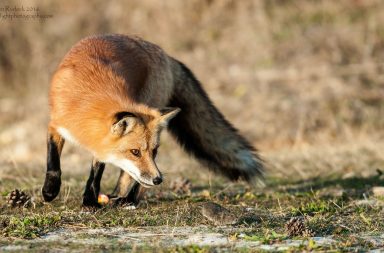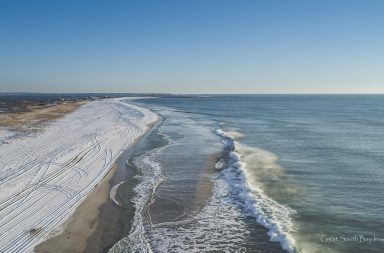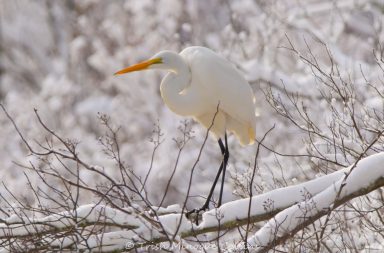By Mike Busch
Great Gull Island is closed to the public and only trained staff and volunteers are allowed on the island for research and conservation purposes. As a volunteer with Audubon New York, I was part of a group that helped ornithologist Helen Hays and her team carefully and efficiently survey Common Tern nests. Nest monitoring is an important part of tern conservation efforts because it allows researchers to document productivity and population trends. You can help protect breeding terns by staying away from fenced-off nesting areas on the beach and closed islands. -Audubon NY
On Saturday June 8th, I ventured with a group of 20 other volunteers (mostly Audubon members and employees) by boat from Orient Point and headed east past Plum Island to Great Gull Island, home of the largest colony of nesting Common Terns in the world. They share the island with a colony of Roseate Terns, the largest in the Western Hemisphere.

Orient Point Lighthouse

Plum Island
Great Gull Island has a rich history as the former home of Fort Michie, a military base that was active from the Spanish American War through World War II and part of the Harbor Defense of Long Island Sound. Although abandoned in 1948, many of the old buildings, tunnels and huge gun pits are still there and visible in the aerial map below.
In 1949, the American Museum of Natural History bought the island from the U.S. Government in the hopes of giving Terns a place to nest, having been pushed away from other nesting sites on Long Island and Connecticut by development.
By 1955 a small group of Common Terns had started nesting on the island and were soon followed by Roseate Terns. The island was left alone until the late 1960’s when Helen Hays visited the island and was able to round up enough volunteers to start the Great Gull Island Project to research, monitor and help these colonies thrive.
It has been a fantastic success story with current estimates of 10,000 pairs of Common Terns and 3000 pairs of Roseate Terns. Common Terns are still considered a threatened species and Roseate Terns are considered endangered. The project has now expanded to the South American coast to monitor these birds over the winter as well.
We were greeted at the dock by Mathew Male who has been working on the island since the late 70’s, clearing land for nests with a tractor and building blinds to monitor the birds without disturbing them. I did a double take when I saw his hat but it soon came evident why as we were met at the boat by diving and screaming terns. Mathew explained the birds go after the highest point on a target, so the flowers attached to the hat would take the brunt of the damage.

Mathew Male

Continued on Page 2







